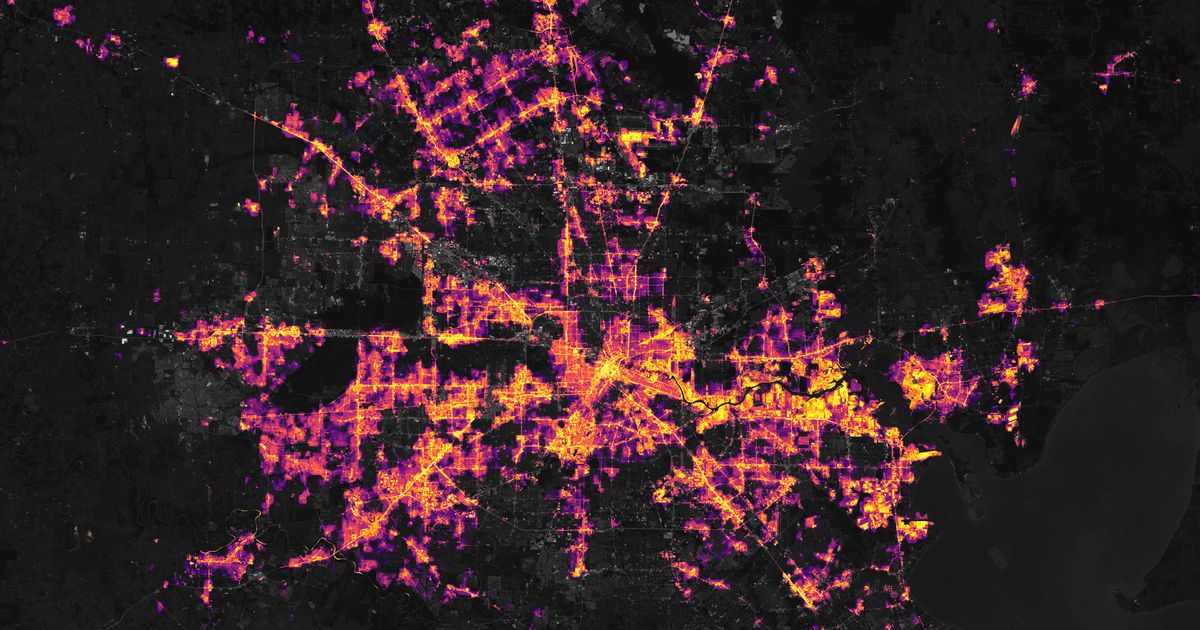
Winters are growing wimpier.
In much of the U.S., winter is the fastest-warming season. Though future extreme cold snaps are inevitable — because frigid Arctic air sometimes spills down south — these cold weather episodes are growing, well, less extreme, to the detriment of our winters.
This GIF below, created by Deke Arndt, the chief of the Climate Monitoring Section at NOAA’s National Centers for Environmental Information, illustrates how the warming climate is changing our coldest season. While this February was the chilliest February in the last 32 years, earlier generations — like in the 1930s, 1940s, 1970s, and 1980s — experienced colder such months.
“The same data that indicate this was the coldest February in a generation also shows that it would have been relatively common for prior generations,” Arndt tweeted. “The prevailing climate moved out from underneath us.”
The same data that indicate this was the coldest February in a generation also shows that it would have been relatively common for prior generations. The prevailing climate moved out from underneath us. pic.twitter.com/oby0j11SI0
— Deke Arndt (@DekeArndt) March 8, 2021
While winter is never going away, overall we can expect fewer cold extremes in a warming world.
“The likelihood you’ll have record-breaking cold events is decreasing,” Daniel Horton, a climate scientist at Northwestern University, told Mashable last month.
Even with February’s historic cold snap, meteorological Winter 2021 (meaning December, January, and February), still ranked in the top one-third of the warmest U.S. winters on record, reported NOAA.
For those who might dislike the snow brought by Old Man Winter, fewer extremes might, superficially, seem like welcome news. But as Mashable previously reported, warmer winters are problematic:
The impacts of warmer winters are conspicuous, and mounting. Snowpack on Western mountains, which is integral for filling reservoirs, is declining. In some places, the lakes don’t freeze like they once did, meaning thin ice and depressed winter culture and activities. With thinner ice comes an increase in winter drownings. Milder winters mean insects that spread disease, like mosquitos, can hatch earlier and arrive in higher numbers.
The other three seasons, of course, are warming, too. The consequences are myriad:
See Also: Why wind turbines thrive in Antarctica and places way colder than Texas
Earth is currently reacting to the highest atmospheric levels of heat-trapping carbon dioxide in at least 800,000 years, but more likely millions of years.
Yes, it was a cold February. But fewer intense winters are a symptom of a continually warming planet.
